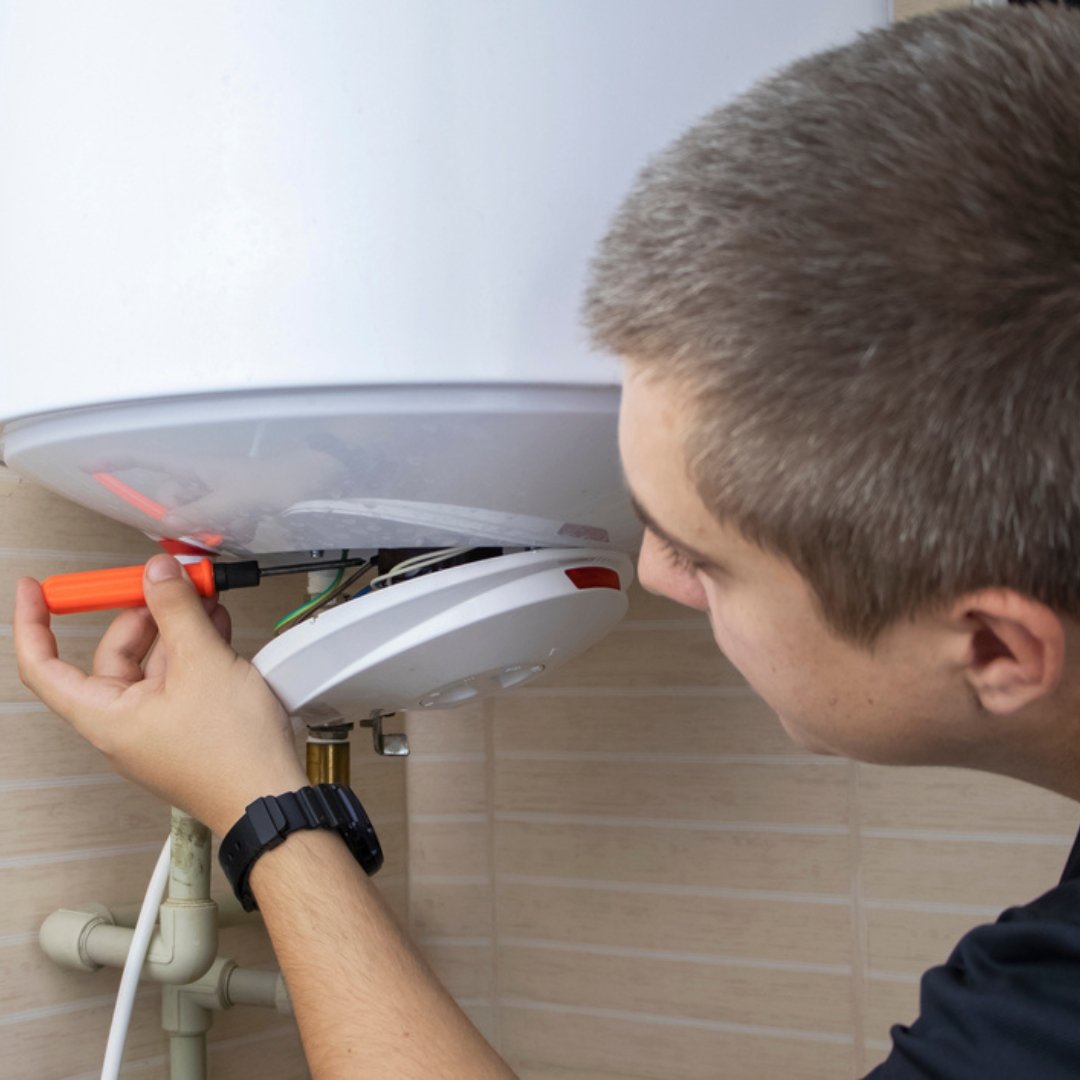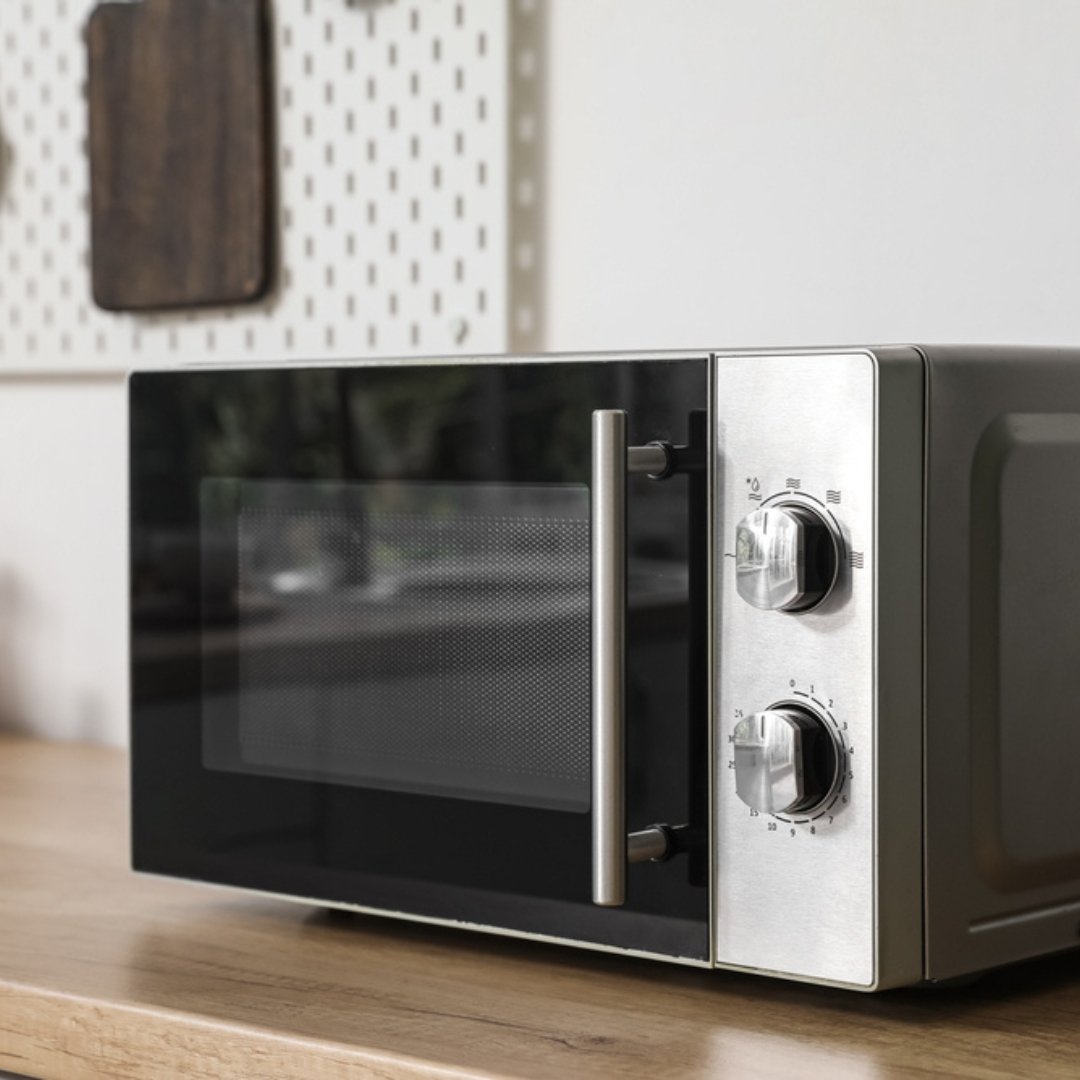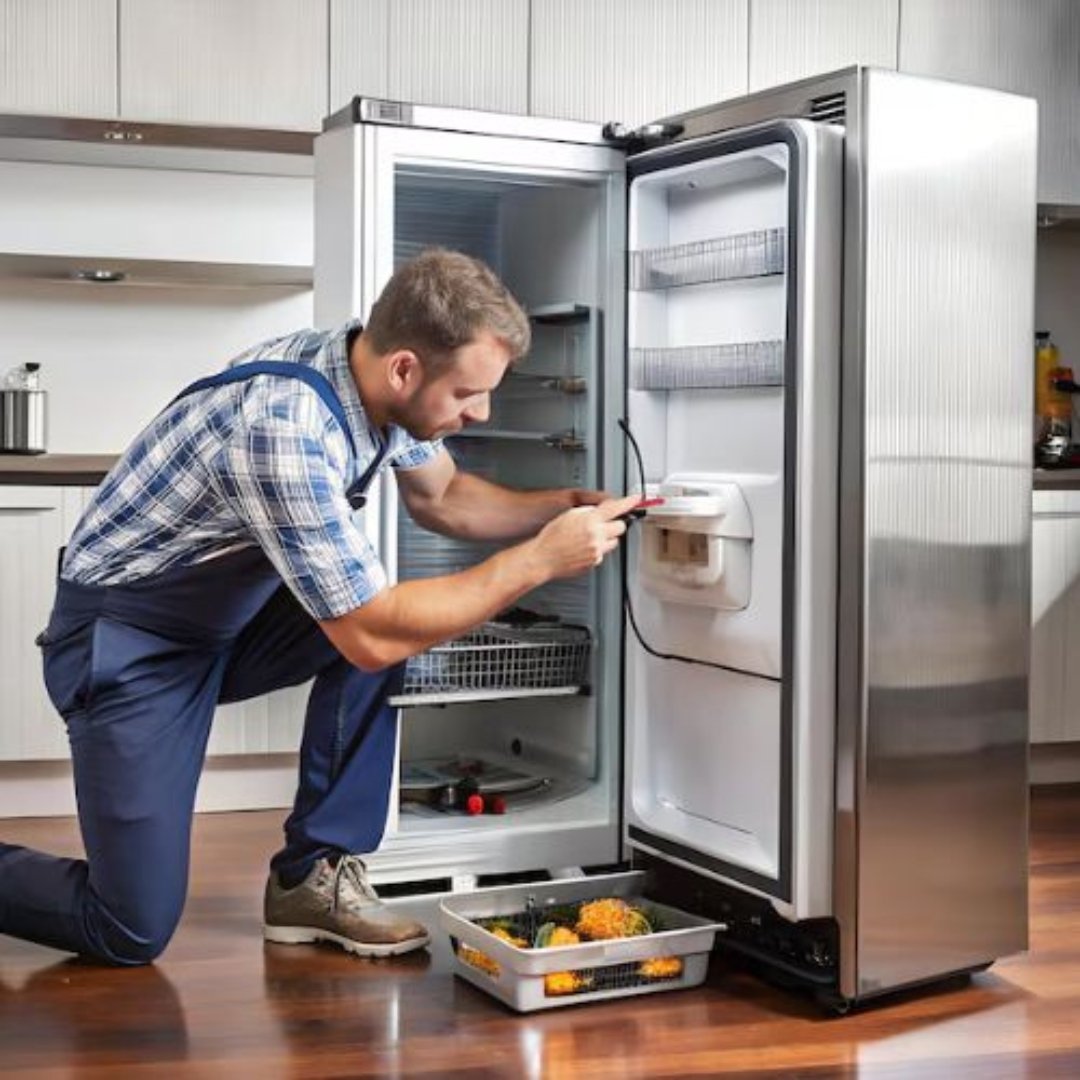PAT Testing for Home Appliances – Do You Need It?
In today’s modern homes, electrical appliances are everywhere—from the kettle you use for morning tea to the washing machine that takes care of your laundry. While these devices make life easier, they also carry risks if not properly maintained. Electrical fires, shocks, and faults are more common than many people think.
This raises an important question: Should homeowners consider Portable Appliance Testing (PAT Testing) for their household appliances? Let’s dive deeper into what PAT Testing is, its benefits, and whether it’s something you should invest in for your home. To Know More Click Here
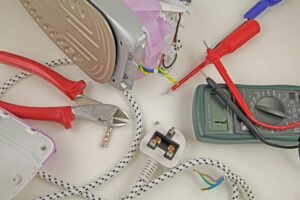
What Exactly is PAT Testing?
Portable Appliance Testing (PAT Testing) is a process designed to ensure electrical appliances are safe to use. Despite its name, “portable” doesn’t only mean lightweight gadgets—it refers to any appliance that can be moved and connected to the mains via a plug.
The testing typically involves two key steps:
- Visual Inspection – Checking cables, plugs, and casings for visible damage like frayed wires, cracks, burn marks, or loose connections.
- Electrical Testing – Using specialized PAT testing equipment to measure earth continuity, insulation resistance, and lead polarity to identify hidden faults.
In essence, PAT Testing is like a health check-up for your appliances—it confirms they are working safely and not posing risks to you or your property.
Is PAT Testing Required by Law in Homes?
For private homeowners, the short answer is no. There is no legal requirement for domestic properties to carry out PAT Testing.
However, certain scenarios make it mandatory:
- Landlords – If you rent out your property and provide appliances (like fridges, microwaves, or kettles), you are legally responsible for ensuring they are safe. PAT Testing is a practical way to meet this obligation.
- Businesses – Employers must ensure a safe workplace under Health and Safety regulations. PAT Testing helps comply with these requirements.
- Public Venues – Hotels, schools, hospitals, and community centers often carry out PAT Testing as part of safety compliance.
For homeowners, it remains voluntary—but voluntary doesn’t mean unnecessary. To Know More Click Here

Why Should Homeowners Consider PAT Testing?
While it may not be a legal necessity, PAT Testing offers a number of real-world benefits for households:
1. Enhanced Electrical Safety – Faulty appliances can cause fires, shocks, or burns. PAT Testing ensures your devices are safe before problems arise.
2. Peace of Mind – Knowing your appliances have been checked by professionals removes uncertainty and helps you relax about safety at home.
3. Preventing Costly Accidents – Replacing an appliance is cheaper than dealing with fire damage or hospital bills from electrical accidents. PAT Testing reduces these risks.
4. Appliance Longevity – By spotting minor issues early, PAT Testing can extend the life of your appliances, saving you money in the long run.
5. Insurance Benefits – Some insurers look favorably on homeowners who carry out safety checks. In the event of a claim, PAT records may strengthen your case. To Know More Click Here
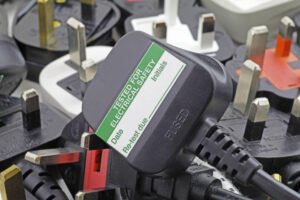
Which Appliances Benefit Most from PAT Testing?
Not all appliances need equal attention. Devices that produce heat, use water, or are heavily used are most prone to faults. Examples include:
- Kitchen Appliances: Kettles, toasters, microwaves, coffee machines
- Laundry Equipment: Washing machines, dryers, irons
- Heating Devices: Electric heaters, hair dryers, curling irons
- Entertainment Systems: TVs, gaming consoles, sound systems
- Extension Leads & Chargers: Often overlooked but can be the source of overloads or overheating
By focusing on these items, you can cover the highest-risk areas of your home.
Alternatives to Professional PAT Testing
If you feel professional PAT Testing isn’t necessary for your home, you can still adopt simple but effective safety practices:
- Do Regular Visual Checks – Inspect cables and plugs for signs of damage.
- Don’t Overload Sockets – Too many appliances on one socket can overheat circuits.
- Fix Issues Promptly – Don’t ignore flickering lights or sparking plugs—call an electrician.
- Unplug When Not in Use – This reduces wear and the risk of accidental damage.
- Use RCDs (Residual Current Devices) – These cut off electricity immediately if a fault is detected, preventing shocks.
While not a replacement for PAT Testing, these steps go a long way toward maintaining household safety.

How Often Should You Test Appliances at Home?
There is no fixed rule for private homes, but here are general recommendations:
- Frequently used appliances (like kettles, irons, or microwaves): Every 1–2 years.
- Occasionally used appliances (like spare heaters or tools): Every 2–3 years.
- New appliances: Usually safe without immediate testing but keep an eye out for early faults.
Landlords and businesses often follow stricter schedules, but homeowners can adjust based on usage and condition.
Cost of PAT Testing – Is It Worth It?
Professional PAT Testing is usually affordable. Prices vary depending on location and the number of appliances tested, but for homeowners, costs are often modest.
On average:
- Package deals for multiple appliances can reduce costs further.
Considering the potential losses from an electrical fire, many homeowners see it as a small price for safety. To Know More Click Here

Final Verdict – Do You Really Need PAT Testing at Home?
While not legally required, PAT Testing for home appliances is a smart preventive measure. If you:
- Live in an older property with dated wiring
- Use many electrical appliances daily
- Want extra protection for your family and property
- Provide appliances in a rental property
then PAT Testing is definitely worth considering. For other homeowners, regular safety habits and occasional professional checks may be sufficient. The key is being proactive about safety rather than waiting for an accident to happen.
SafeTag – Your Safety Partner in New Zealand
Ensure workplace safety and compliance with SafeTag’s professional testing services. We offer certified solutions for Electrical Testing & Tagging, RCD Testing, Microwave Leakage Testing, and Portable Appliance Testing (PAT). Trust our experts for hassle-free, on-site service tailored to your business needs.

